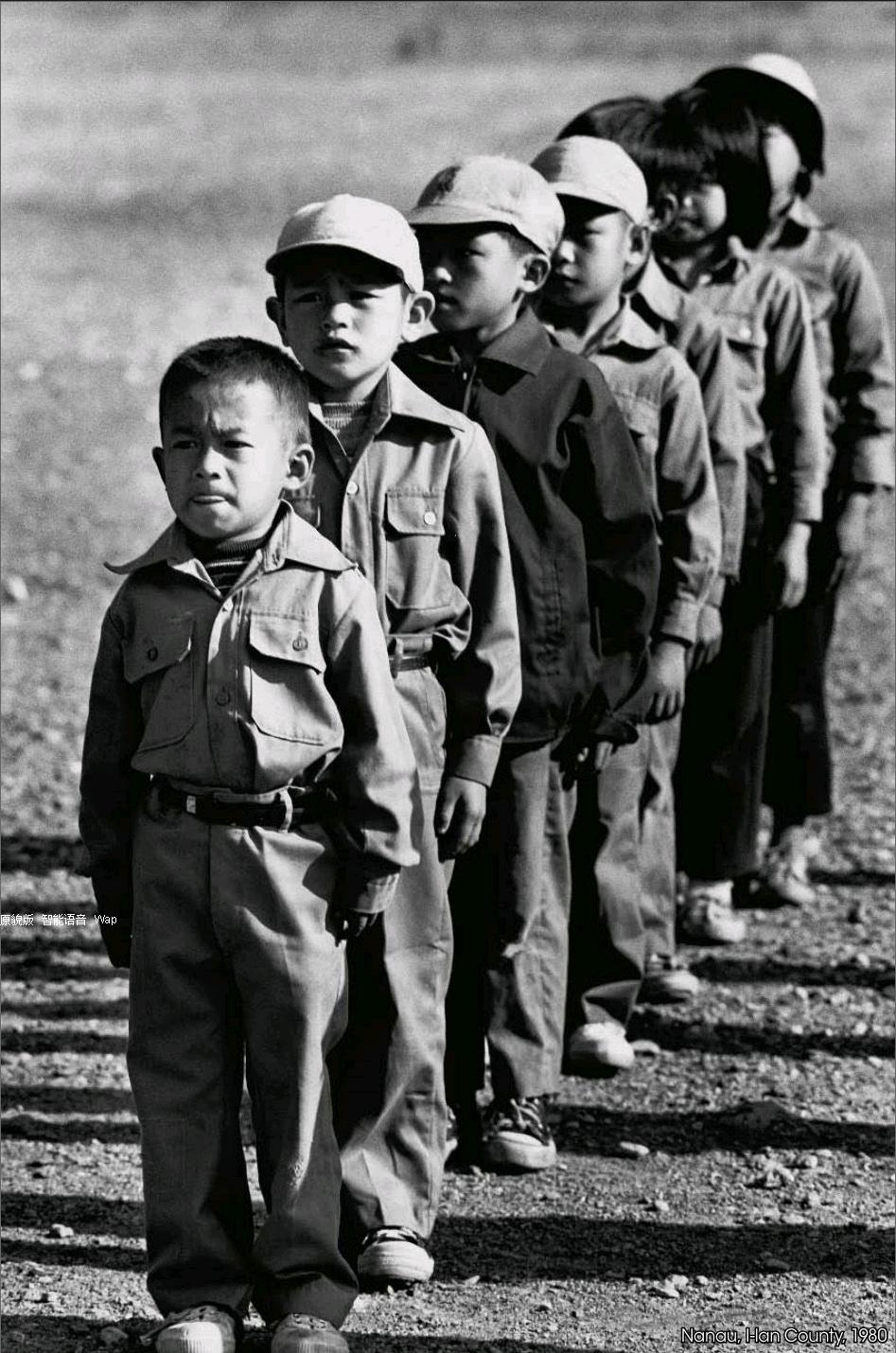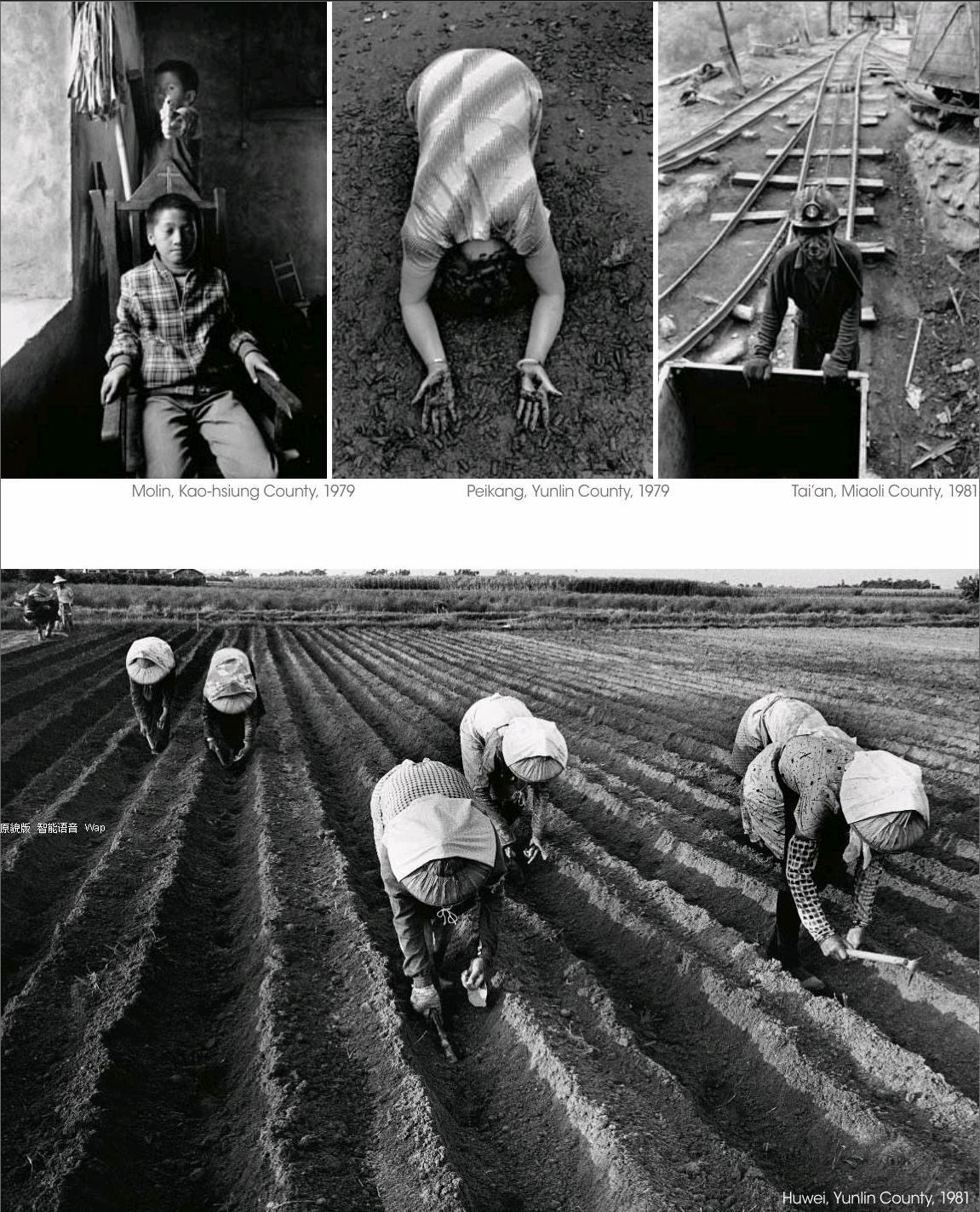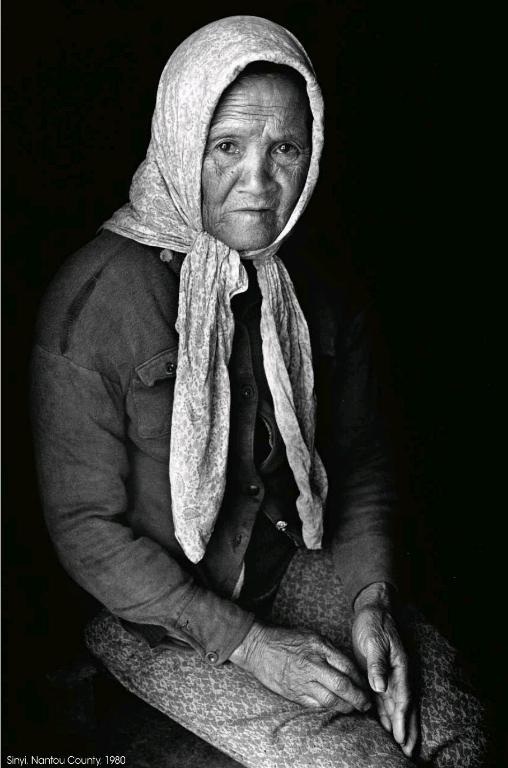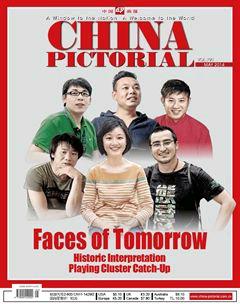Gray Areas
by+Ji+Lin



Photographer Juan I-Jong from Taiwan touched master painter Chen Danqing with a picture he took in 1986. “God helped click this button!” exclaimed Chen. The photo showed a group of children practicing tumbling in Xuhai Village, Pingtung County in Taiwan. “Their moves embodied the endless human cycle of birth, age, frailty, and death while absorbing greed, anger, ignorance and suspicion, without noticing life that has been turned upside down,” remarks Juan.
The picture was chosen for the cover of Juans People & Places photo album.
People & Places compiles Juans photos from 1974 to 1986, an era when Taiwan teetered at the tipping point of a great industrial leap and drastic transformation of rural areas.
For 13 years, Juan I-Jong stayed in the countryside, taking over 10,000 pictures, from which he selected 84 across four themes for an exhibition in Taipei in 1987:“Growing up”, “Working”, “Faith”, and“Home to Return to”.
Every image was black-and-white, framing rural scenery and farmers lives. Juans lens captured a land of idyllic beauty in rural Taiwan, innocent, pristine, removed from the pressures of industry and urban squeeze. It was home to unsophisticated villagers and diligent farmers, a land of harmony and tenderness.
At one point in his life, Juan would have sprinted away from land so familiar as fast as he could. He was born to a carpenters family in Yilan County of northeastern Taiwan. As a boy, the last thing he wanted to do was farm. He liked reading and painting. “I hated everything related to mud and earth and anything stinking of perspiration,” recalls Juan, who eventually escaped the countryside with his painting skills. He served as an illustrator of a journal for kindergarten teachers while penning poems, novels and art criticism. Tradition rarely crossed his mind. “I finally shook off the dust of the countryside to be-come a fashionable urban guy,” he shrugs.
In 1973, Juan first delved into photography while doing graphic design for Hisound. He was handed a camera by the editor-in-chief, who asked him to take pictures for the magazine. With the new tool in hand, Juan suddenly found himself lost on the streets in the middle of nowhere, wondering where and how.
Like many novices, Juan I-Jong first focused on rural elderly, wives, and children, who were always happy to pose. His first big success was snapped after he persuaded a bamboo artisan in his hometown to cooperate with him.
Day in and day out, he uncovered finest qualities of the farming life he had despised so much when he was a child and the best traits of ordinary people. “All I knew was to continue taking pictures day after day,” he wrote in his journal. “Both the people and land I shot made me feel warm and touched, transforming my nightmares from childhood. My memories of growing up are no longer shameful burdens.”
Soon after launching a monthly magazine, Family, with some friends, Juan set off across Taiwan, armed with only a camera and train timetables. He enjoyed capturing moments of the most intimate relationships between man and Earth. “I wanted to pinpoint the essence of traditional ethics and morality through these ordinary people at these moments,” he explained.
His black-and-white pictures are regarded as representative of rural life in Taiwan. Critics argue that Juan I-Jong romanticized a countryside that was actually drowning in issues. Either way, Juan thinks of his camera as a two-way mirror. “When it seems that I have captured something with my camera, reality is that my heart has been captured.”
“I aim to preserve the beauty of people and places rather than hate,” Juan adds.“To me, photography blesses pictures with power, enabling truth, goodness and beauty to be spread far and wide.”




